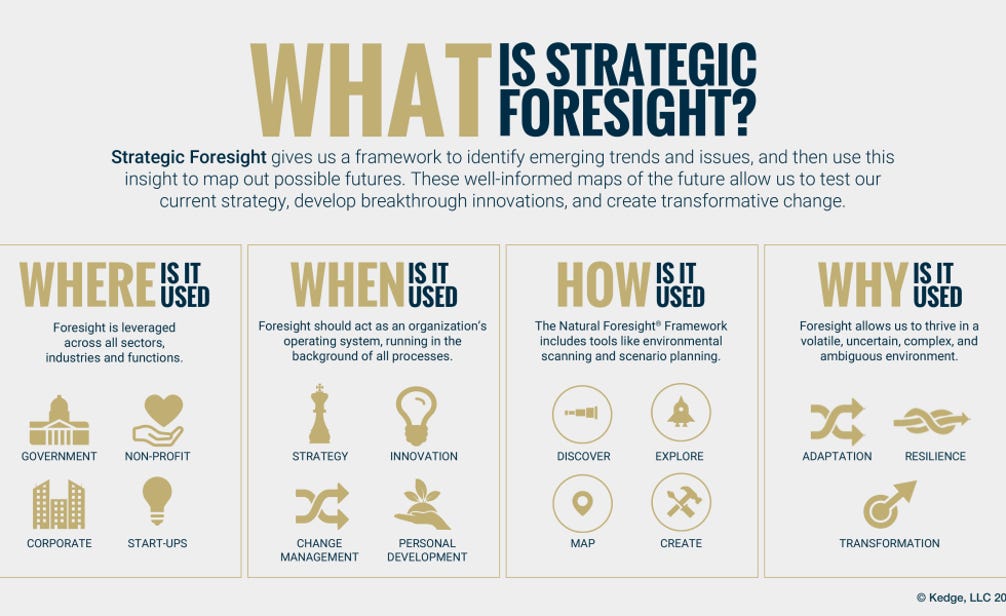When Purpose Becomes Alive
Every living system has an inner orientation — a way it leans toward light, sustenance, and growth. Plants follow the sun. Rivers follow gravity. Cells follow gradients of life.
Organisations, too, have direction. But most confuse it with a statement. A sentence on a wall is not purpose; it is memory. Alive Purpose is not written once — it breathes. It listens, senses, and adapts. It is less a slogan and more a conversation with reality.
When purpose awakens, strategy stops being prediction and becomes participation.
We no longer ask, “What should we do?” but “What wants to happen through us?”
From Mechanistic Mission to Living Direction
Traditional organisations treat purpose as a fixed coordinate: a point to reach, defended by plans. Alive Organisations experience purpose as a vector — direction without rigidity.
This shift from mechanistic to living purpose mirrors the developmental journey from ego-driven ambition to eco-aware participation.
A mechanistic mission defines the world as an object to change.
An alive purpose recognises the world as a partner to dance with.
It is the difference between impacting and integrating.
The Foundations in Human Psychology
Alive Purpose stands on the integration of two complementary theories:
Self-Determination Theory (SDT) – explains the psychological needs that energise behaviour: autonomy (acting freely), competence (feeling effective), relatedness (feeling connected).
Self-Actualization Theory – describes the growth impulse that unfolds once basic needs are met: creativity, morality, meaning, transcendence.
When joined, these theories form a bridge from psychological need to self-fulfilment.
An Alive Organisation satisfies both: it secures safety and belonging while inviting purpose and evolution.
Scott Barry Kaufman’s modern model of self-actualisation reframes Maslow’s hierarchy into a boat — security as the hull, growth as the sail.
Alive Purpose is that wind which fills the sail — the dynamic force that propels wholeness and contribution toward the horizon of meaning.
“Superior Purpose” — The Nested Why
“Superior Purpose” is defined as the why that transcends the current level of the system.
It forms a cascade of nested relationships:
In an Alive Organisation, each level’s why becomes the what of the next. This creates a fractal purpose architecture: purpose flows upward as meaning and downward as strategy.
The famous Drucker phrase — “Culture eats strategy for breakfast” — evolves here into a deeper insight: Purpose eats static strategy for breakfast.
Because living purpose continuously re-writes the strategy as conditions change.
The Sensing Organisation
Alive Purpose demands an organisation that can sense. It listens through its people, its data, its intuition, its markets. It picks up subtle signals — the edges of relevance and emergence.
This is where the practice of Presencing enters, inspired by Otto Scharmer’s Theory U.
Presencing means “to sense and bring into the present what wants to emerge.” It turns strategic planning into strategic listening.
An organisation that practices presencing becomes an instrument of awareness: strategy arises from silence as much as from analysis.
Strategic Foresight — Seeing Through Time
From presencing comes foresight. Alive Purpose equips organisations not just to react to change but to see through it.
Strategic Foresight is both framework and discipline:
Observe the environment.
Identify patterns and signals.
Imagine alternative futures.
Sense which future wants to emerge through us.
Act and adapt iteratively.
In this loop, foresight replaces forecast. Forecast assumes the future is linear; foresight knows it is alive. Alive Organisations therefore invest not in prediction, but in perception. Their advantage is not certainty, but sensitivity.
The Non-Mechanistic Organisation
Alive Organisation contrasts with mechanistic ones — and this distinction is crucial.
A mechanistic organisation believes reality is predictable if controlled. An alive one believes reality is patterned, but participatory: order emerges from relationship.
Thus, Alive Purpose flourishes in environments that are:
Adaptive, not rule-bound.
Principle-guided, not policy-imprisoned.
Purpose-led, not target-obsessed.
Such organisations evolve structure as an expression of consciousness — a topic deepened later in Metamorphic Structure.
The Fruits of Alive Purpose
When purpose becomes alive, measurable transformations occur:
Deeper Engagement & Motivation — People see themselves in the story they serve.
Agility & Adaptability — Purpose provides orientation in turbulence.
Cultural Resilience — Shared meaning unites diverse perspectives.
Continuous Innovation — Curiosity replaces compliance.
Attraction & Retention of Talent — Purpose magnetises those seeking significance.
Trust & Distributed Intelligence — Teams act autonomously yet coherently.
Sustainable Performance — Profit and purpose reinforce, not oppose, each other.
These outcomes arise not from slogans but from lived orientation — a field of meaning felt by everyone.
Purpose as Evolutionary Drive
At its deepest level, purpose is not a human invention; it is life’s evolutionary tendency expressing through us. When an organisation aligns with that tendency, it becomes an agent of evolution rather than a resistor of it.
In this view, business is not separate from nature’s unfolding but part of it — one of the ways consciousness experiments with collaboration at scale.
A Living Definition
Alive Purpose is the dynamic alignment between an organisation’s evolving consciousness and the world’s emerging needs — a self-adapting orientation that turns sensing into strategy and contribution into evolution.
Alive Purpose transforms purpose from declaration to dialogue, from doctrine to dance.
Bridge to the Next Pillar
Once an organisation lives from purpose, it must embody forms that can move with it.
The question shifts from “Why are we here?” to “How must we shape ourselves to serve what is emerging?”
That inquiry opens the fourth pillar — Metamorphic Structures — where the architecture of the organisation learns to adapt as fluidly as life itself.
Enjoy reading and applying these content. If you’d like to receive additional information regarding Alive Organisations topic please subscribe below.







